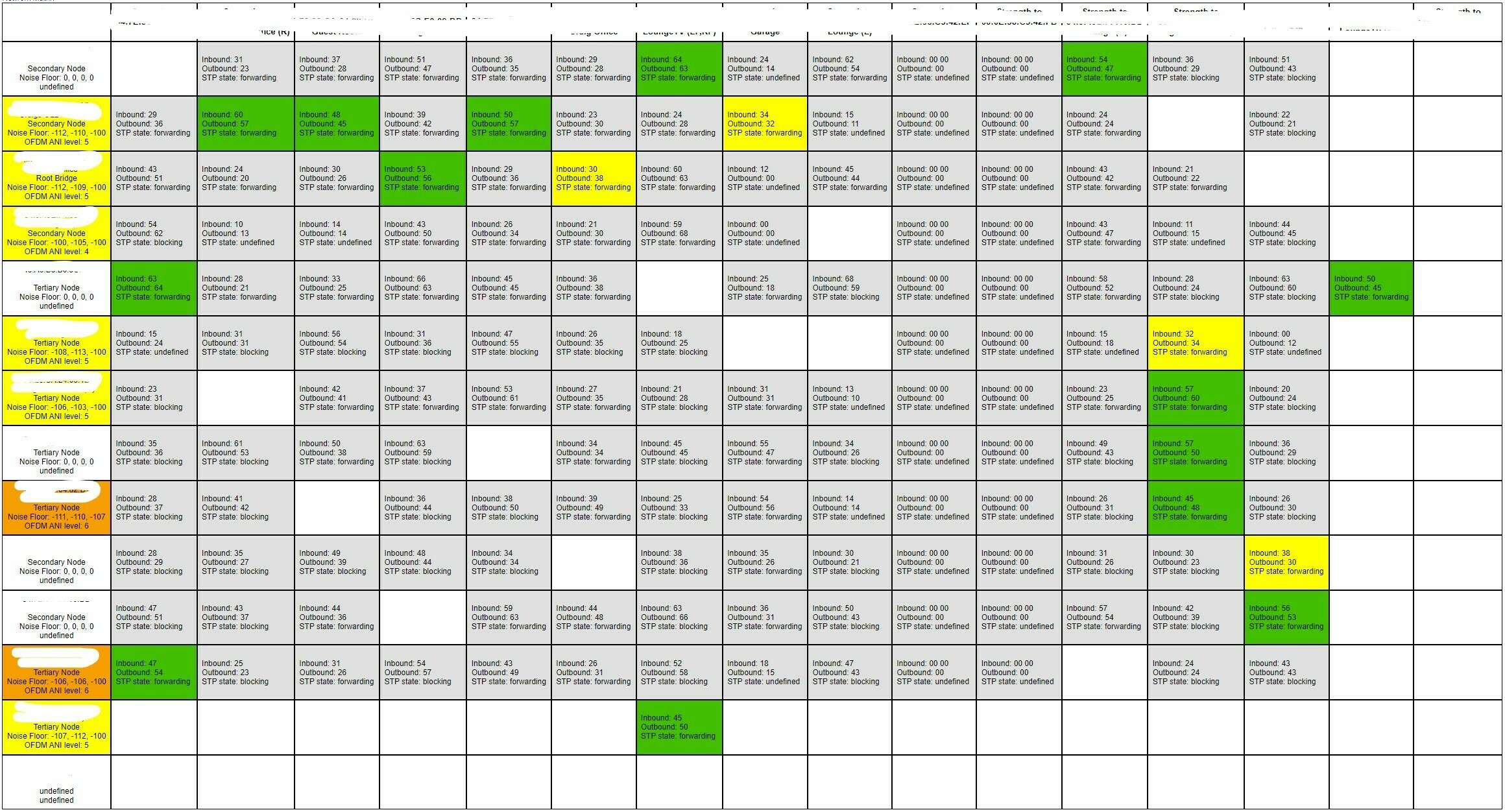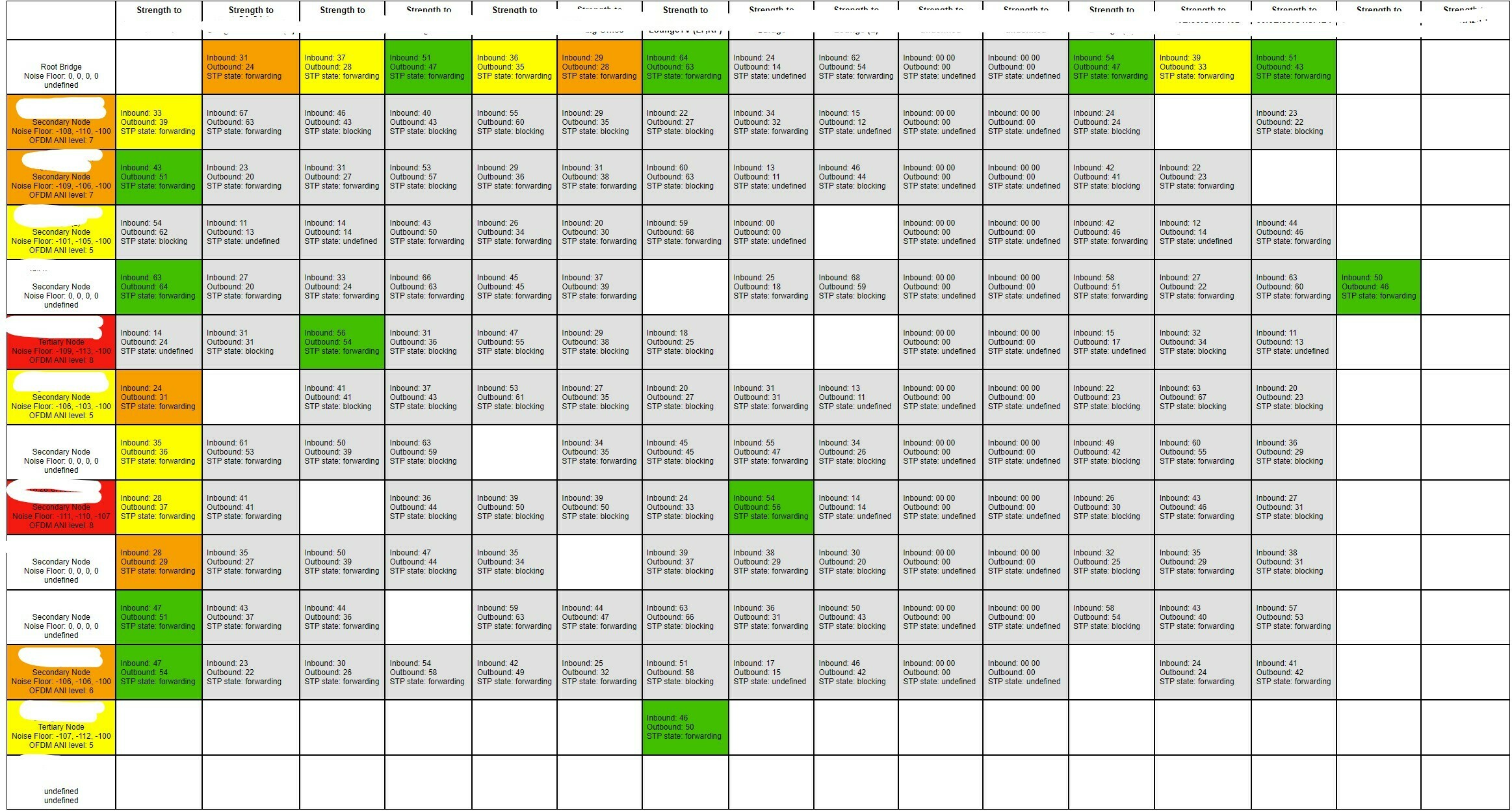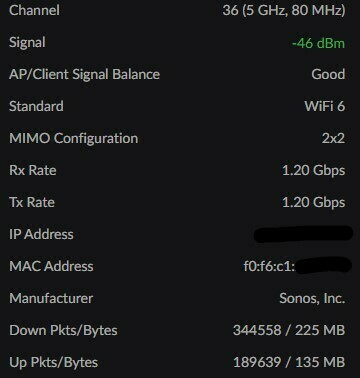I have previously had issues playing to multiple devices, especially ALAC. The solution was to add a couple of ethernet connected devices to SonosNet, this has worked well.
I understand that the first device playing is the group coordinator, and if possible should be a wired device.
Reason I ask, is I’m thinking or replacing some wired P1’s with ERA100’s and don’t want to break my existing system, ie cause drop outs etc. Here is the Network Matix with P1’s connected to ethernet, this is fine and stable:

I disconnected the two P1’s I want to replace with ERA100 and SonosNet doesn’t look so healthy.

If I add a couple of ERA100’s in this setup, I would be stressing the SonosNet again, and the drop outs may return?
What happens when a non-SonosNet is the first device?
eg lets say I start streaming to an ERA100, and then group a non-wired SonosNet device.
The stream will go through router, via WiFi to ERA, back via WiFi to router, then via ethernet to wired SonosNet device, and then onward via wireless SonosNet?



